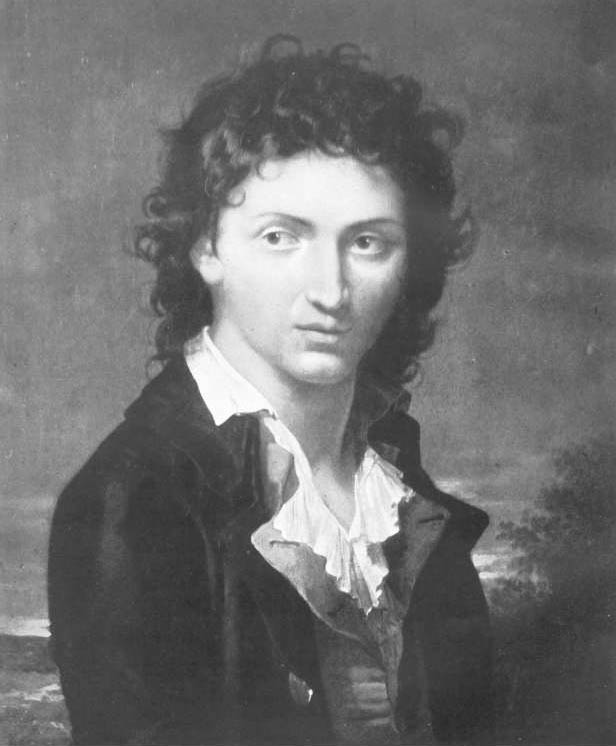Lord Byron: Difference between revisions
Kingturtle (talk | contribs) Byron's reputation has diminished among academics considerably |
Kingturtle (talk | contribs) added info on Boatswain |
||
| Line 12: | Line 12: | ||
*''Childe Harold'' |
*''Childe Harold'' |
||
*''Don Juan'' |
*''Don Juan'' |
||
From 1801 to 1808, Byron had a [[Newfoundland (dog)|Newfoundland]] named Boatswain. Boatswain is buried at [[Newstead Abbey]], where his monument is larger than Byron's. Byron also had a bear, a fox, monkeys, a parrot, cats, an eagle, a crow, a falcon, peacocks, guinea hens, an Egyptian crane, a badger, geese, and a heron. |
|||
Byron's reputation has diminished among academics considerably, however, since the early [[20th century]], and especially in the light of modernist and postmodernist critical studies of his work. |
Byron's reputation has diminished among academics considerably, however, since the early [[20th century]], and especially in the light of modernist and postmodernist critical studies of his work. |
||
| Line 18: | Line 20: | ||
Note: The image shown here of Lord Byron is a photo of a portrait by [[Elisabeth Vigee-Lebrun]]. |
Note: The image shown here of Lord Byron is a photo of a portrait by [[Elisabeth Vigee-Lebrun]]. |
||
==External links== |
|||
*[http://www.saqnet.net/users/kuranda/images/Boatswain1.jpg Portrait of Boatswain at Newstead Abbey] |
|||
*[http://readytogoebooks.com/LB-dog63.htm Inscription on the monument to Boatswain] |
|||
Revision as of 16:57, 12 June 2003
George Gordon Noel Byron, 6th Baron Byron, best known as Lord Byron (January 22, 1788-April 19, 1824).
 |
The best-known Romantic poet in his own day, Byron was famously described by Lady Caroline Lamb, a former lover who continued to stalk him for many years, as "Mad, bad and dangerous to know". He almost certainly suffered from bipolar disorder, which was the source of his tempestuous moods.
His father was an English aristocrat; his mother was a Scottish one. His father left his mother before he was born. As a result his mother moved back to northeast Scotland shortly after his birth in London and he was raised in Aberdeen, Scotland in straitened circumstances.
Notable Poems:
- The Giaour
- Childe Harold
- Don Juan
From 1801 to 1808, Byron had a Newfoundland named Boatswain. Boatswain is buried at Newstead Abbey, where his monument is larger than Byron's. Byron also had a bear, a fox, monkeys, a parrot, cats, an eagle, a crow, a falcon, peacocks, guinea hens, an Egyptian crane, a badger, geese, and a heron.
Byron's reputation has diminished among academics considerably, however, since the early 20th century, and especially in the light of modernist and postmodernist critical studies of his work.
Lord Byron died on April 19, 1824 at Messolonghi, Greece. His body was returned to England and buried in the Parish Church Cemetery in Hucknall, Nottinghamshire. Lord Byron had only one legitimate child, Ada Lovelace; she is notable for contributing to the early study of what is now known as computer science.
Note: The image shown here of Lord Byron is a photo of a portrait by Elisabeth Vigee-Lebrun.
